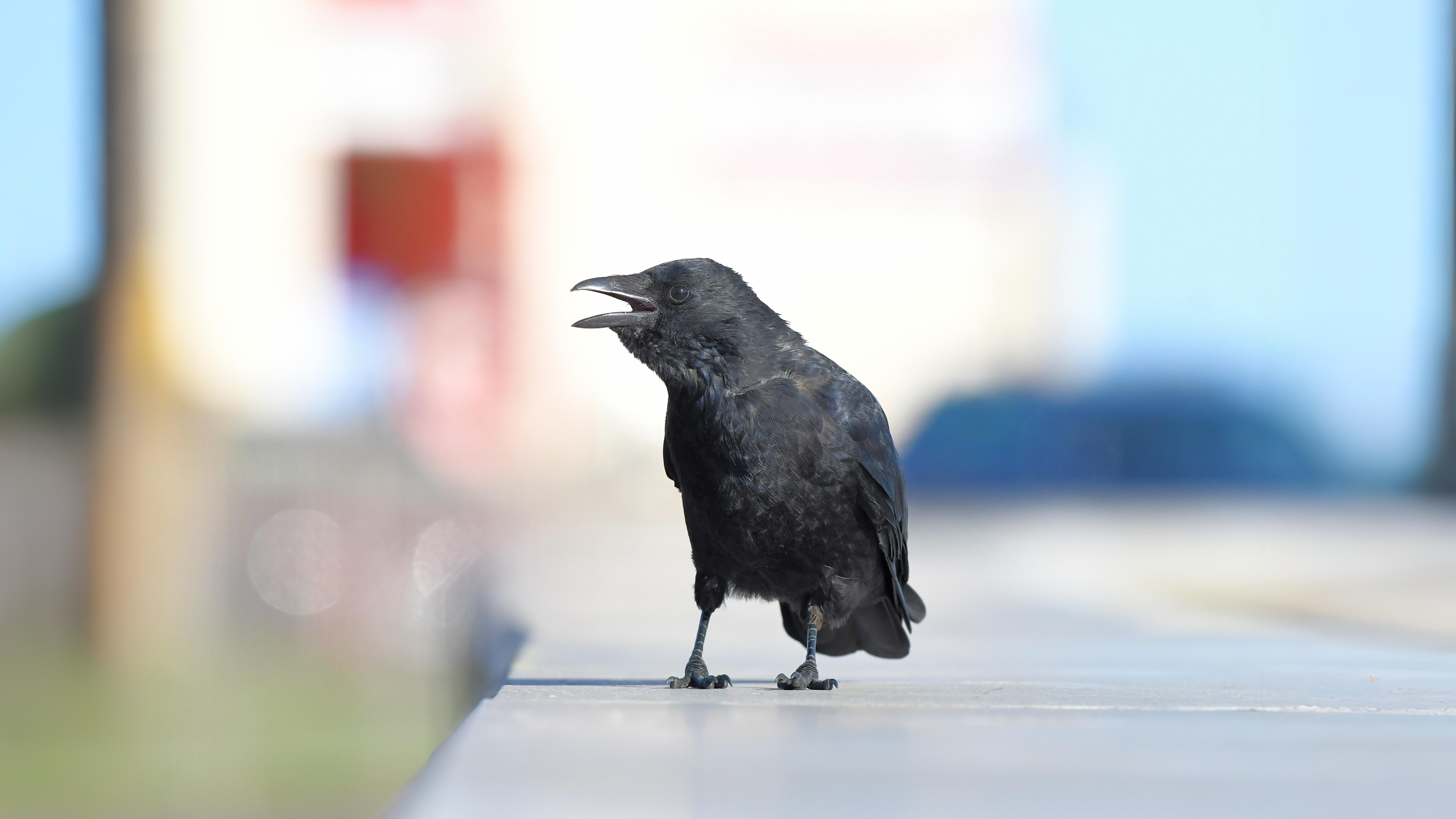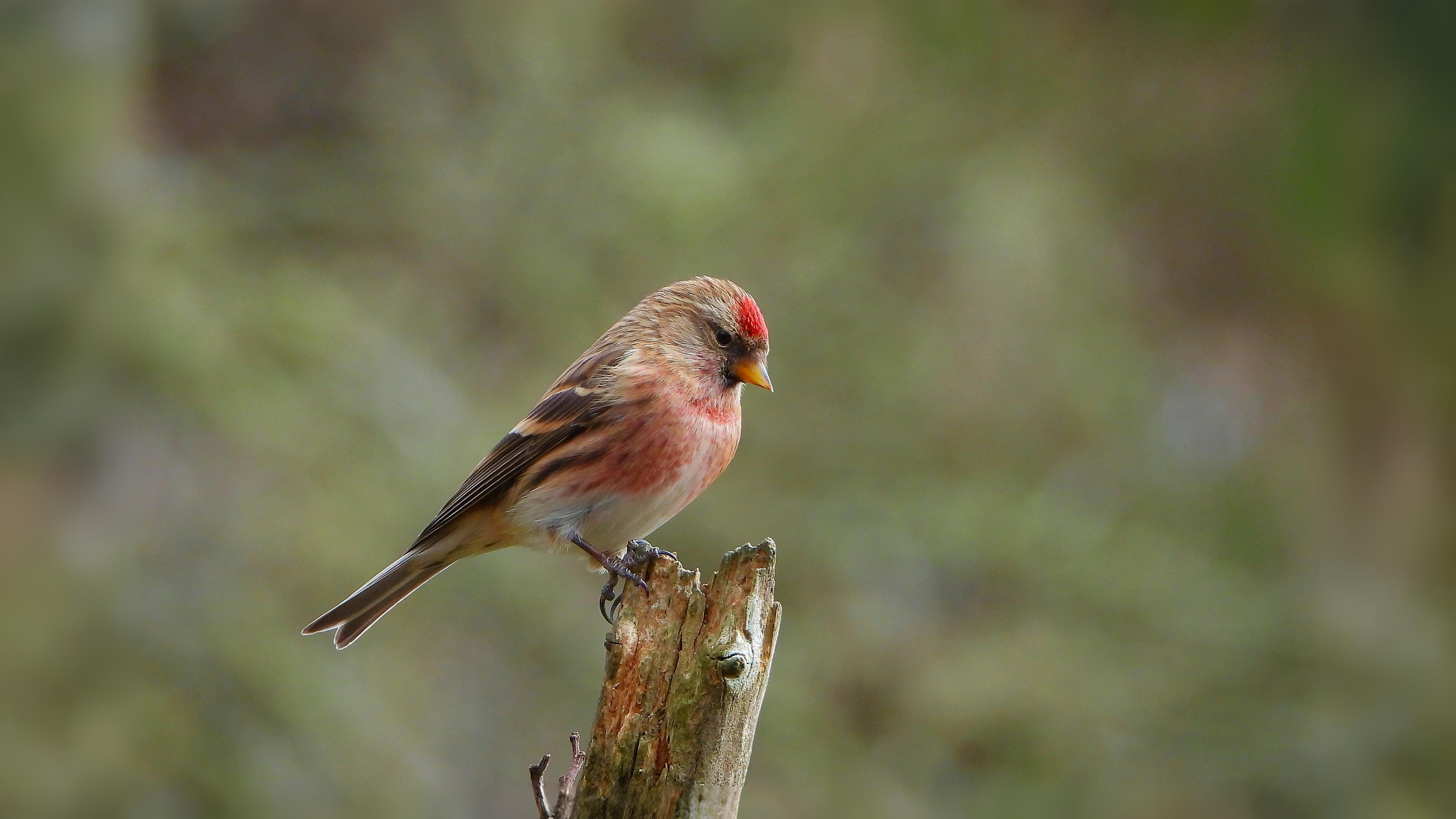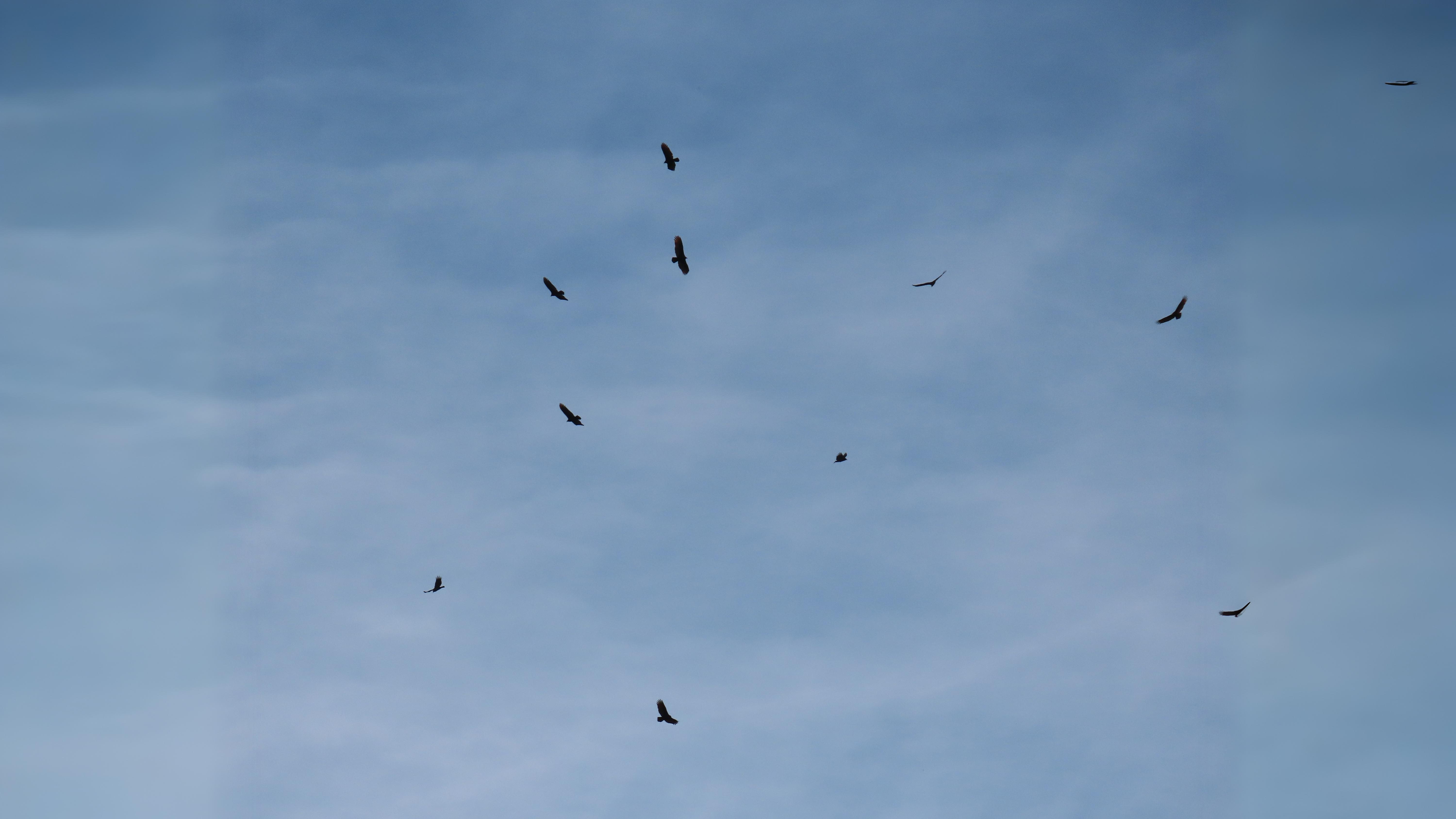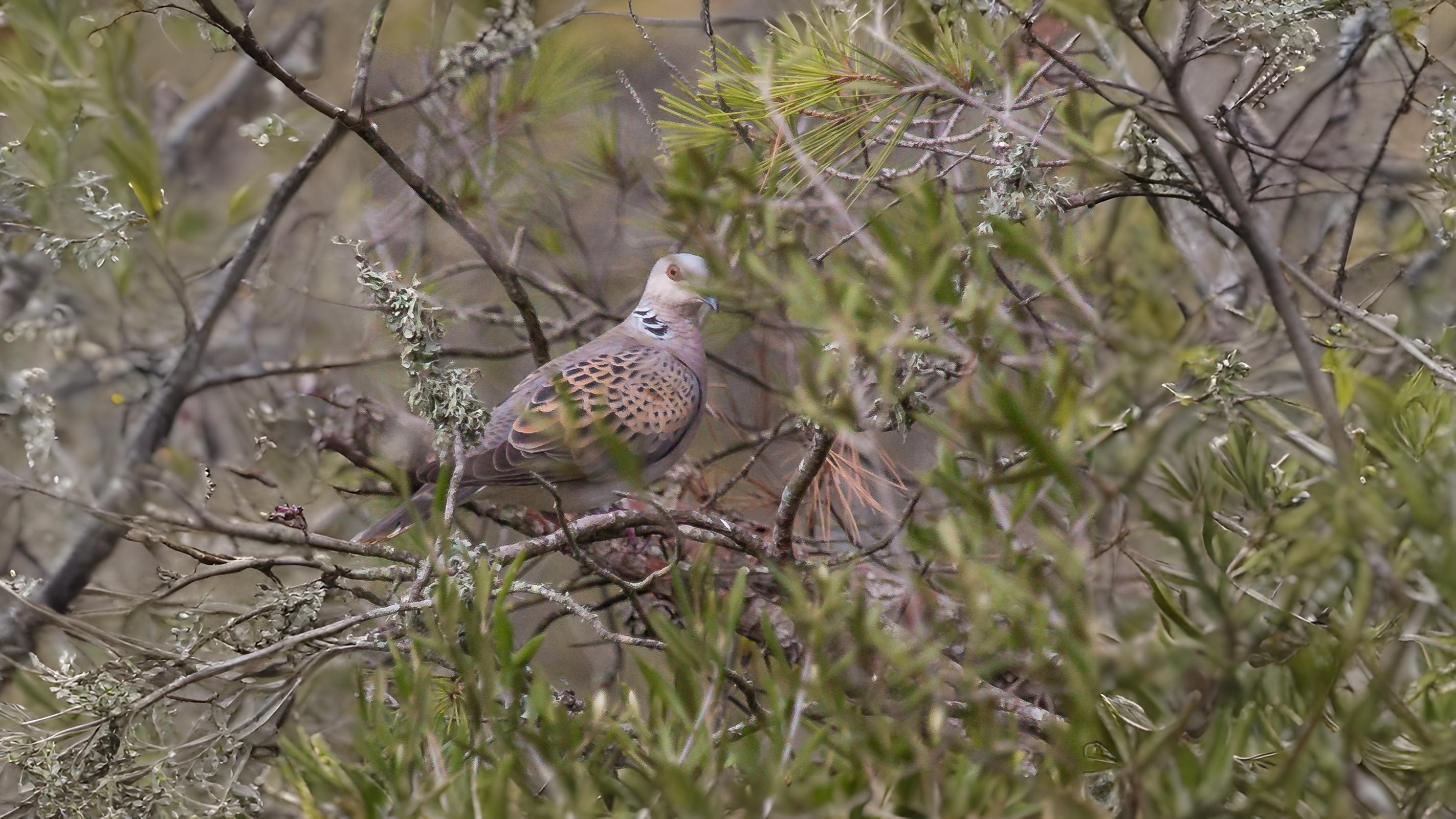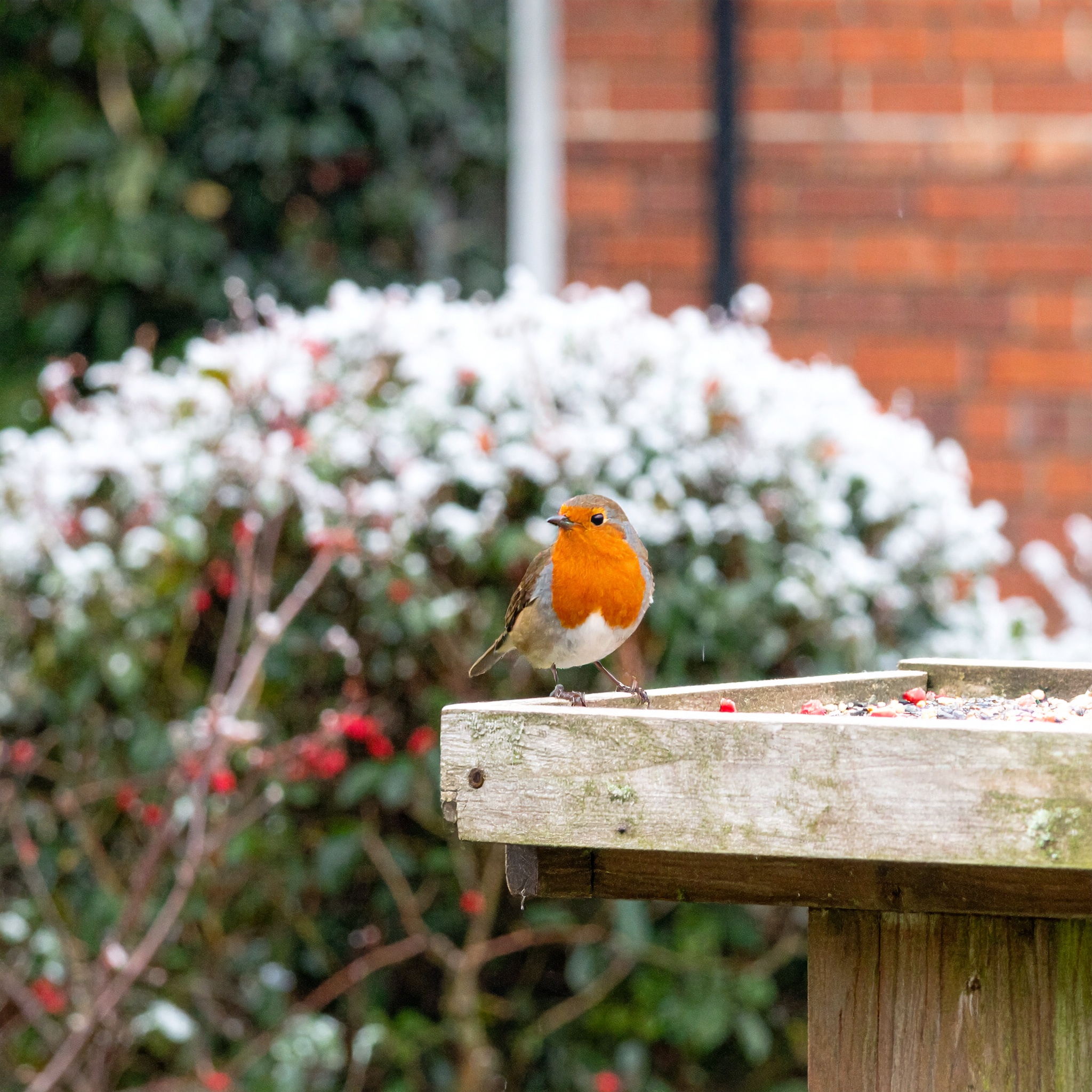
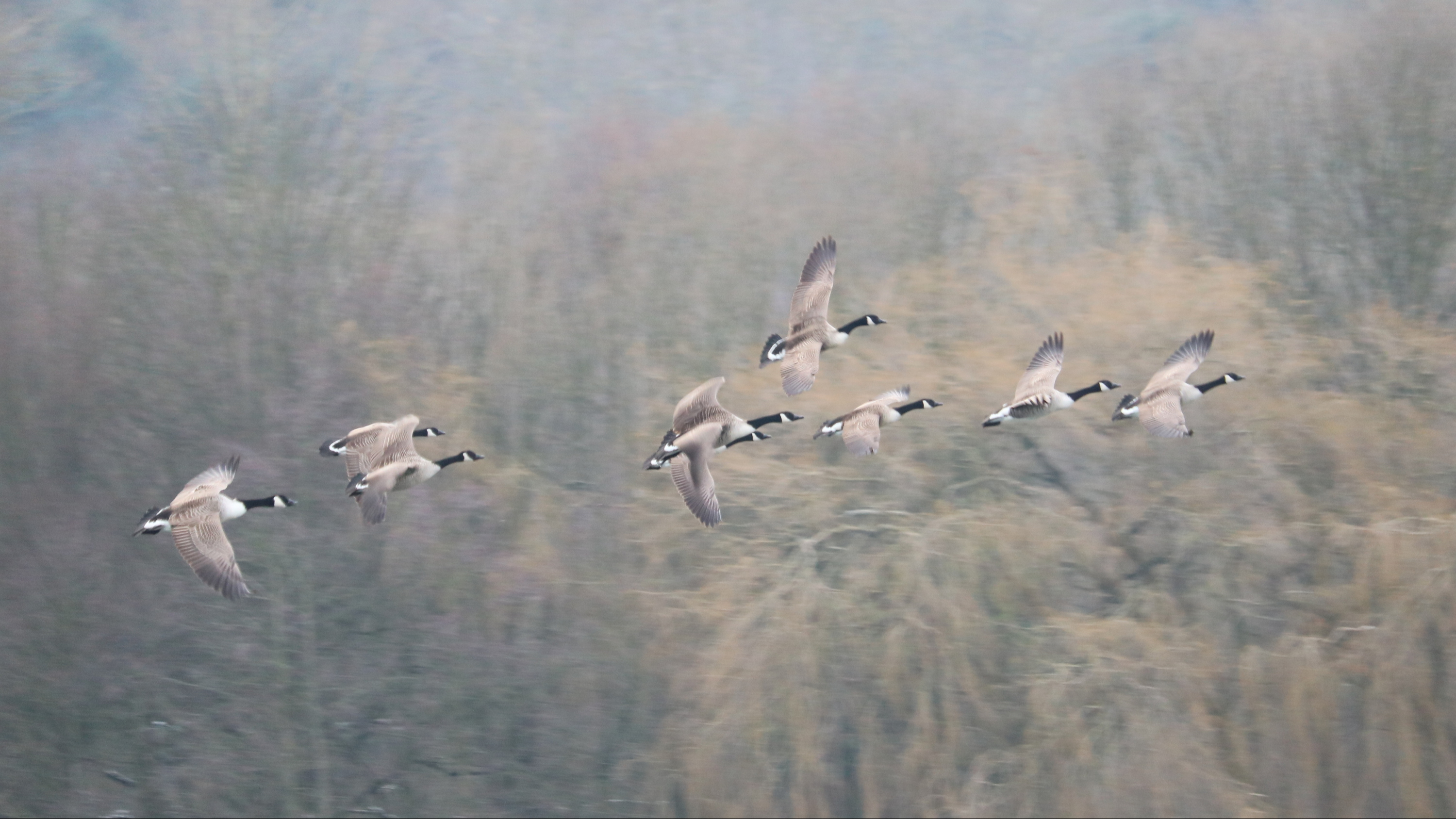

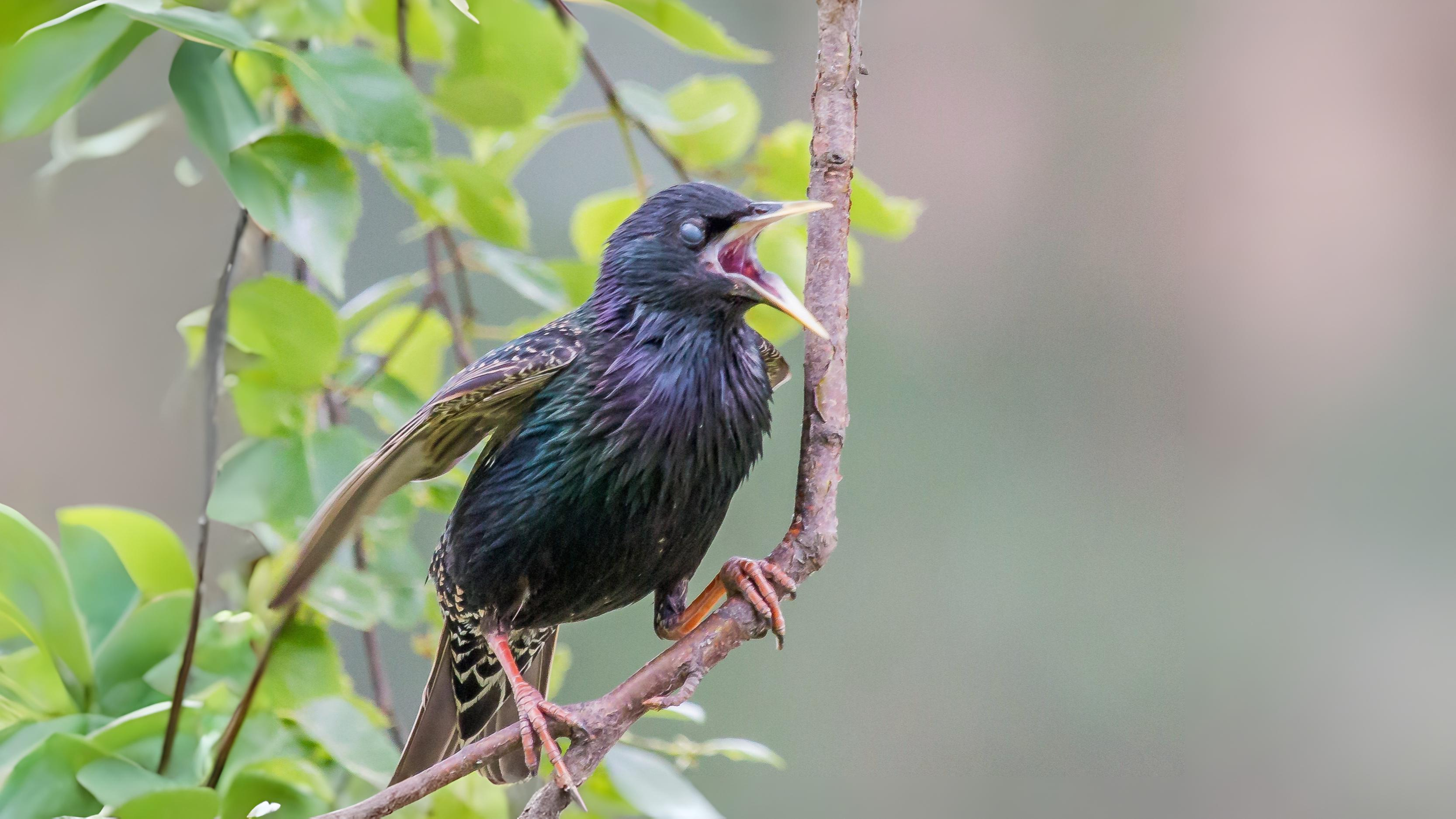

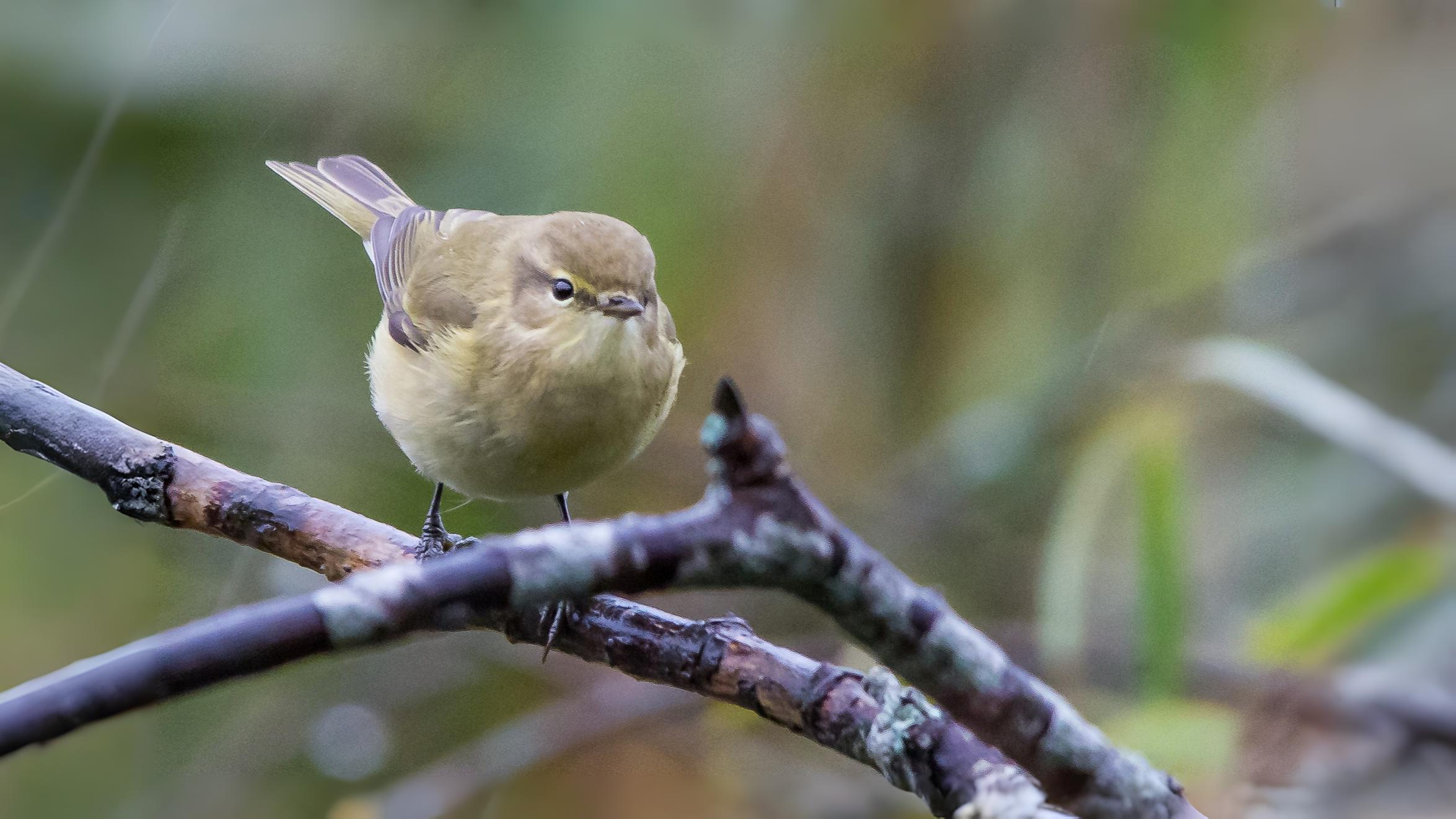

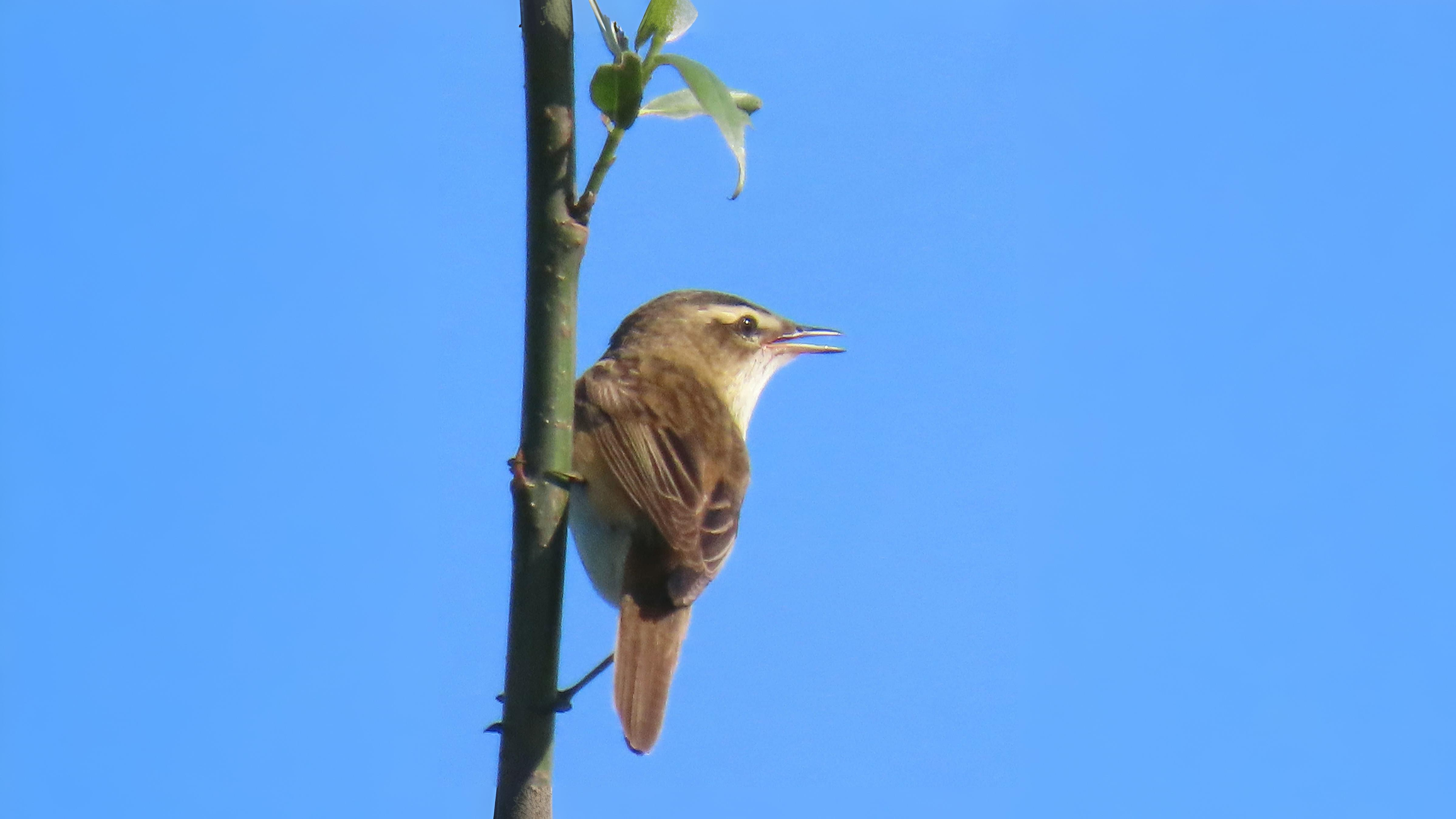

Woods are also quiet, except for the occasional few outbursts from wood pigeons, stock doves, chiffchaffs, willow warblers and laughing green woodpeckers. If there are conifers, goldcrests may also join in. The rich florid song of blackcaps is now reduced to the occasional sharp ticking call delivered as if they resent your presence. Open areas are also devoid of sound with perhaps the occasional skylark or a lone partridge being heard at dusk. Rarer sounds could include bullfinch, snipe, twite or lesser redpoll.
